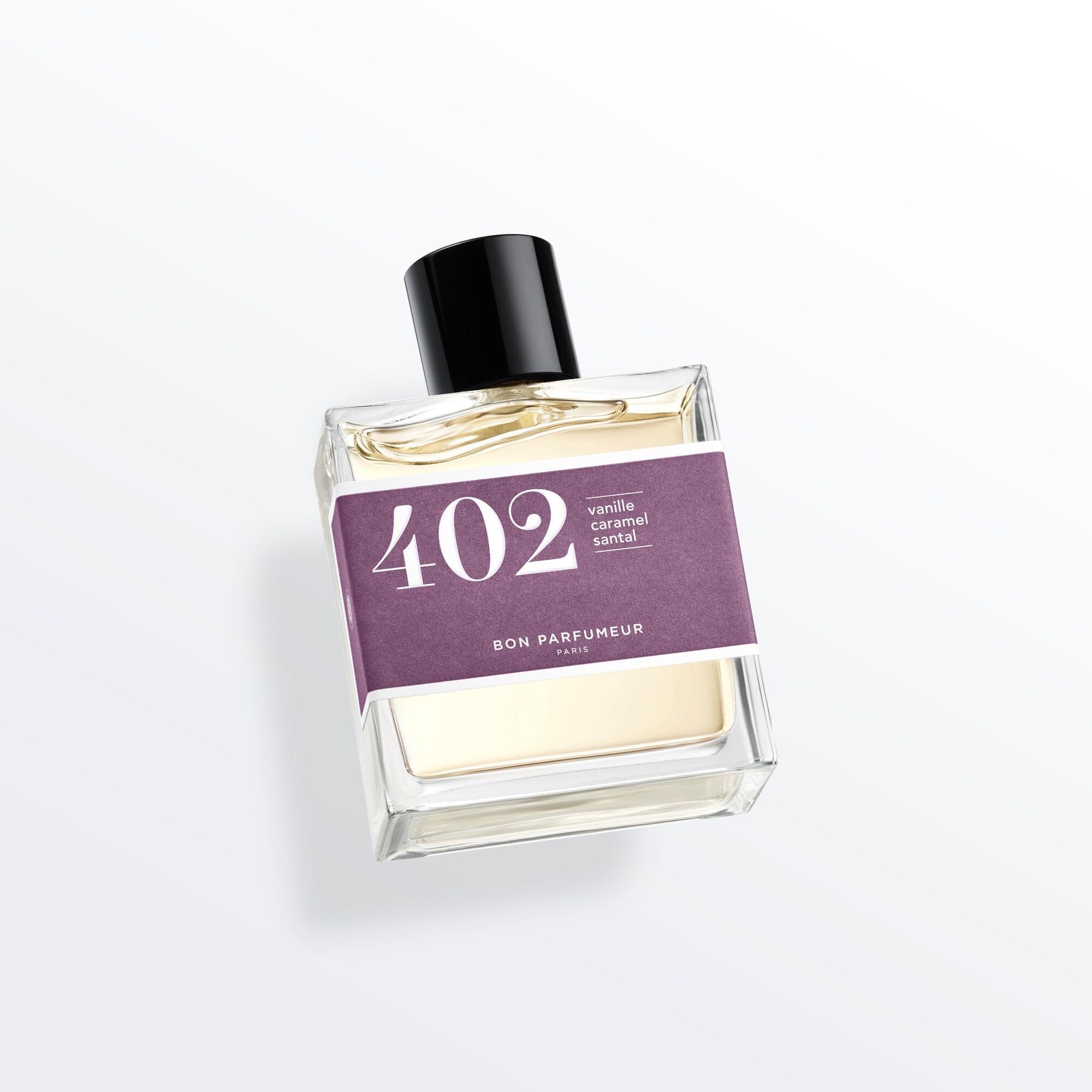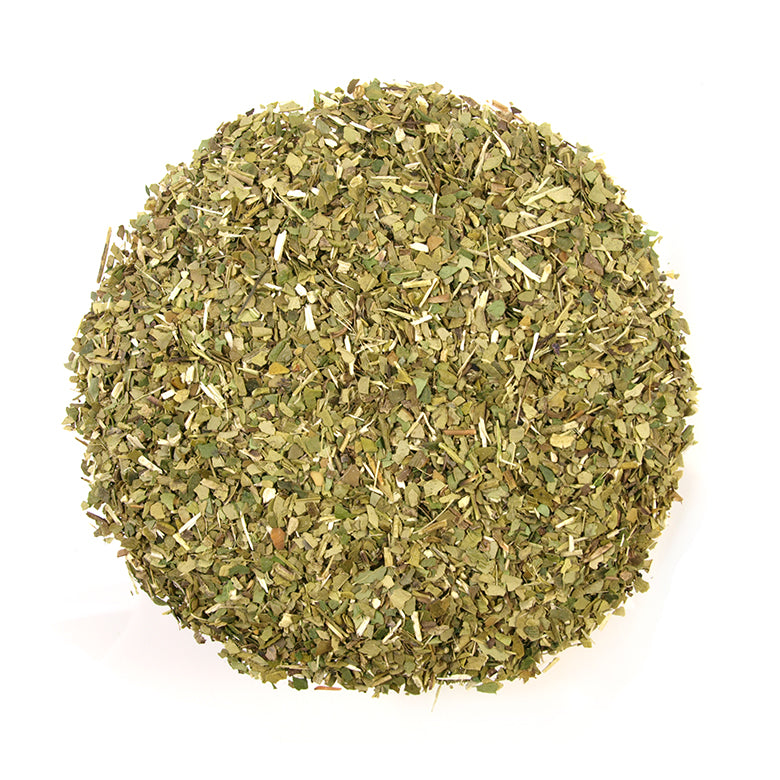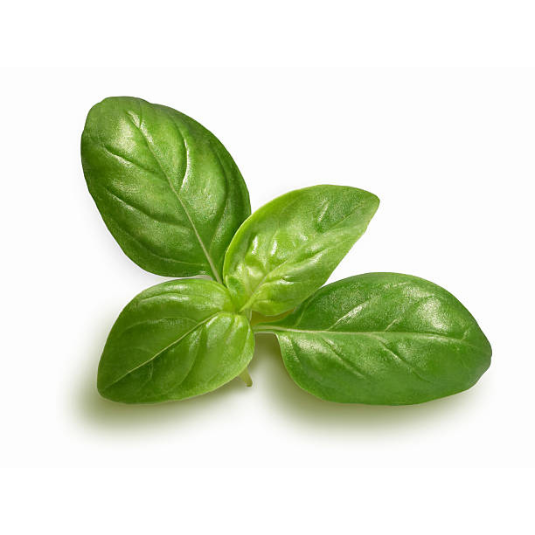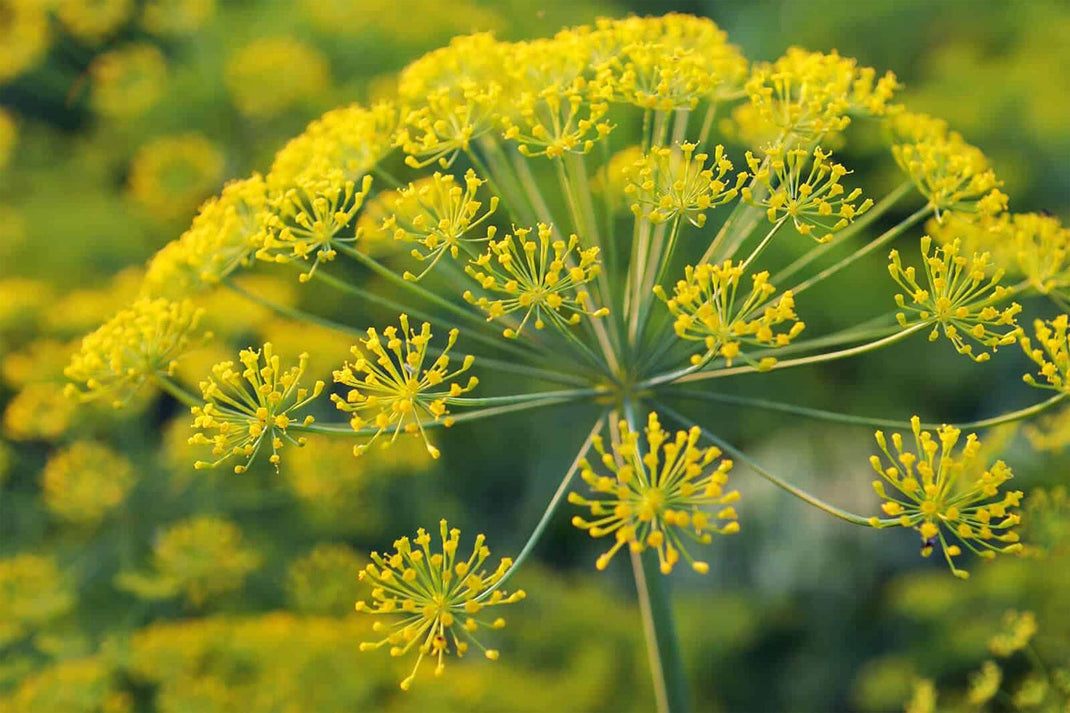Where does the word tea come from?
Tea is a beverage native to China, known in Mandarin as "chá". Its name has been adopted in many languages, including French. Indeed, the etymology of the word "tea" comes from the Chinese word "téhé", meaning "tea leaf". Tea is extracted from the leaves of a shrub called Camellia Sinensis, which grows in tropical and subtropical regions of Asia.
In the beginning…
Tea has a long history, dating back over 5000 years in China. Over the centuries, tea culture spread throughout Asia and the world. Europeans discovered tea in the 16th century, thanks to trade with Asia. Tea quickly became a popular beverage in Europe, particularly in England, where the art of the tea ceremony was developed.
Today, tea is widely consumed throughout the world. It is increasingly used in perfumery to create unique and original fragrances. Tea notes can be combined with other natural ingredients such as citrus fruits, flowers or spices to create a harmonious, elegant composition. Tea is therefore a precious ingredient for perfumers seeking to create subtle, refined fragrances.
DID YOU KNOW? Tea is the second most widely consumed beverage in the world after water. It is appreciated in many cultures and countries, and its consumption far exceeds that of coffee!
Tea plant cultivation
The world's main tea-producing regions are China, India, Sri Lanka, Japan and Kenya. These countries are renowned for their tea plantations and produce a wide variety of teas, each with its own distinct characteristics and flavor profiles.
The process of cultivating the tea plant, also known as Camellia sinensis, involves several key stages. First, the selection of tea varieties suited to the climatic conditions and soil is essential. Tea plants are generally grown from cuttings or seeds in nurseries before being transplanted to fields.
The tea plant thrives in subtropical to temperate climates and requires well-drained, slightly acidic soil. Once the plants have been transplanted, they are cared for regularly. This includes regular irrigation, pruning to promote healthy growth and protection against pests and diseases.
Tea is generally harvested when the leaves are young and tender. The two most common harvesting methods are the two-leaves-and-one-bud method and the single-bud method. The leaves are picked by hand to preserve their integrity and quality.
After harvesting, the tea is withered and rolled to trigger oxidation, which gives it its rich color and flavor. Finally, the tea leaves are sorted according to size and quality, then packed in appropriate containers to maintain their freshness until tasting.
Different types of tea
There are several varieties of tea, but the most important is Camellia sinensis. Under this species, we find different varieties cultivated to produce different types of tea. The Camellia sinensis var. sinensis tea plant is native to China and is used to produce teas such as green, white and black. The Camellia sinensis var. assamica tea plant is native to Assam, India, and is used to produce mainly black tea. Other less common varieties include Camellia sinensis var. pubilimba and Camellia sinensis var. dehungensis, which are also used to produce special teas in certain regions.
In perfumery, there is no specific tea species used, but rather extracts and essences derived from tea leaves. Tea extracts used in perfumery can be derived from different varieties of tea, mainly Camellia sinensis.
Tea leaves undergo extraction and distillation processes to obtain essential oils or absolutes that capture the tea's characteristic aromas.
Some fragrance brands also use tea-inspired accords and olfactive notes to create unique fragrance compositions. These accords may incorporate notes of green tea, black tea, white tea or other tea varieties, in order to capture the essence and specific aroma of tea in fragrances.
INTERESTING FACT!
In addition to its unique aromatic profile and its influence on the perfume industry, tea also offers numerous health benefits. Studies have shown that regular tea consumption can reduce the risk of heart disease, diabetes and certain types of cancer. Tea is also known to improve brain function, aid weight loss and strengthen the immune system. What's more, tea contains antioxidants that can help protect the body against cellular damage caused by free radicals. So, sip your favorite cup of tea and enjoy its delightful aroma and wellness benefits.
What do you know about tea in perfumery?
Tea has long been used for its unique and complex aromatic properties. Tea leaves are often hand-picked and dried to produce concentrated extracts which are then used in the creation of fragrances. Moreover, tea scents can vary considerably depending on the type of tea used, from fresh, herbaceous notes to richer, more intense ones.
In perfumery, the tea accord can be used alone or combined with other ingredients to create unique olfactory accords. Among the most popular accords are:
• The tea-bergamot accord is a classic, appreciated for its refreshing, energizing blend. Bergamot offers a lively, tangy note, evoking sunny days, while tea adds a soothing subtlety. Together, they create a revitalizing fragrance, reminiscent of a light, invigorating breeze.
• The tea and jasmine accord combines the delicate, floral aromas of jasmine with the subtle freshness of tea. Jasmine exudes a suave, bewitching fragrance, evoking lush gardens, while tea adds a natural lightness and elegance. This combination creates a delicate, romantic fragrance, reminiscent of a stroll through a sun-drenched flower garden.
• The tea-iris accord is renowned for its sophisticated, powdery note. Iris offers a soft, textured fragrance, reminiscent of fine petals. Combined with tea, it creates a soft, sophisticated fragrance, evoking a hushed, elegant atmosphere. This accord is often associated with timeless femininity, creating a comforting, refined ambience.
Les parfums mythiques au thé…
Tea has become a popular ingredient in the perfume industry, with many famous fragrances featuring this essence at its best.
• Eau parfumée au thé vert by BVLGARI is an eau de cologne that opens with invigorating top notes of bergamot, cardamom, lemon, and coriander. The heart notes blend the delicate aromas of jasmine, lily-of-the-valley, and Bulgarian rose. As the fragrance lingers, it reveals a comforting base of green tea, musk, cedar, precious woods, sandalwood, and amber. This Bvlgari eau parfumée is a captivating scent that combines freshness, elegance, and serenity.
• Green Tea by Elizabeth Arden is an eau de parfum for women that celebrates the soul and spirit. Launched in 1999 by the nose Francis Kurkdjian, it features top notes of lemon, bergamot, and mint, creating a zesty and invigorating opening. The heart notes of jasmine, oakmoss, musk, and white amber add depth and floral elegance. The base notes of green tea, jasmine, oakmoss, musk, celery seeds, cloves, and amber provide a harmonious and comforting finish. This Elizabeth Arden Green Tea eau de parfum captures the essence of a serene and uplifting tea experience.
• Thé Yulong eau de parfum by Armani privé, launched in 2020, opens with refreshing notes of mandarin orange, petitgrain, and cardamom. The heart notes blend the invigorating essences of green tea, black tea, jasmine, and orange blossom. As this tea perfume settles, it leaves a subtle and alluring trail of vetiver, ambrette, and iris. Thé Yulong is an enchanting composition that evokes a sense of tranquility and sophistication.
• Aqua Allegoria Mandarine Basilic by Maison Guerlain is a refreshing, invigorating eau de toilette that harmoniously blends the sparkling notes of mandarin with the aromatic freshness of basil, creating a light, sunny olfactory experience.
• Floral Romantique by Guerlain is a delicate, elegant eau de parfum that captures the essence of romance with its soft, enveloping floral notes, creating an aura of femininity and sensuality.
Over time, tea has proven to be an enduring and captivating ingredient in the perfume industry, and its popularity shows no sign of slowing.
UNUSUAL! In 2016, a team in Kazakhstan created the world's largest teacup. It measured 3.35 meters in height and weighed over 300 kilograms!
Tea X Bon Parfumeur
Bon Parfumeur, a responsible French perfume brand, offers tea fragrances for both men and women :

• Eau de parfum 102: an eau de parfum with tea, cardamom and mimosa. An explosion of color: sparkling bergamot, coriander and cardamom! This skilful blend delivers the scent of green tea. Grasse mimosa plays the leading role at the heart of this creation, supported by powdery jasmine. Musks and oakmoss in the background warm the trail.
• Finally, to perfume your home, Bon Parfumeur also offers the 04 candle and diffuser. Combined with smoked black tea, hemp and birch bark, this candle is an alliance of refinement and naturalness!





















